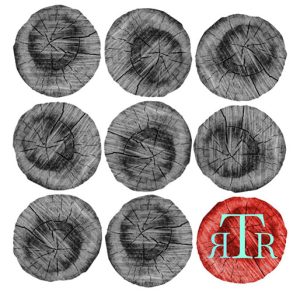Tin House – Spring 2008
Tin House is thick – 200 pages – and it contains enough variety and ingenuity to enthrall even the pickiest reader.
Tin House is thick – 200 pages – and it contains enough variety and ingenuity to enthrall even the pickiest reader.
If you want humor, flip to the back, where Martin Preib’s “The Unemployment Stew: A Chicago Delicacy” or Anne Elizabeth Moore’s “17 Theses on the Edge” will keep you in stitches. Preib’s essay describes how to cook a meal with minimal ingredients. The humor comes from Preib’s narrator, who acutely reminds the reader of the angst and despair resulting from unemployment. In her narrative/list (complete with drawings), Moore contemplates what “the edge” means. One of my favorite definitions: “Edginess is a precondition of coolness. What is not edgy will never become cool. Once cool, a thing will then become trendy, then popular, then mainstream, and then lame.”
If you want poetry that pulls at your heartstrings, check out Marie Howe’s “Hurry” or “Why the Novel is Necessary but Sometimes Hard to Read.” In “Hurry,” the narrator regrets having told her daughter they need to rush through their errands: “Where do I want her to hurry to? To her grave? / To mine? Where one day she might stand all grown?” The latter poem reflects on one of the purposes of a story – to make the reader empathize with disparate characters: “you must try to understand who you think / each of them is because of who you believe yourself to be in relation to their situation / or to your memory of one very much like it.”
Some people in J.C. Hallman’s essay “Application to Utopia” sound like fictional characters. Maybe the line between fact and fiction blurs in this Virginian community because the community members are trying to live out an ideal society. Hallman records his three week stint on this forty-year-old rural “utopia” and discusses its pros and cons.
Within Tin House there is also fiction, book reviews, and interviews. Its writers and subject matters are diverse and eclectic, and its pieces can be categorized as edgy, cool, trendy, popular, or even mainstream (for the literary world) – but definitely not lame.
[https://tinhouse.com/]




